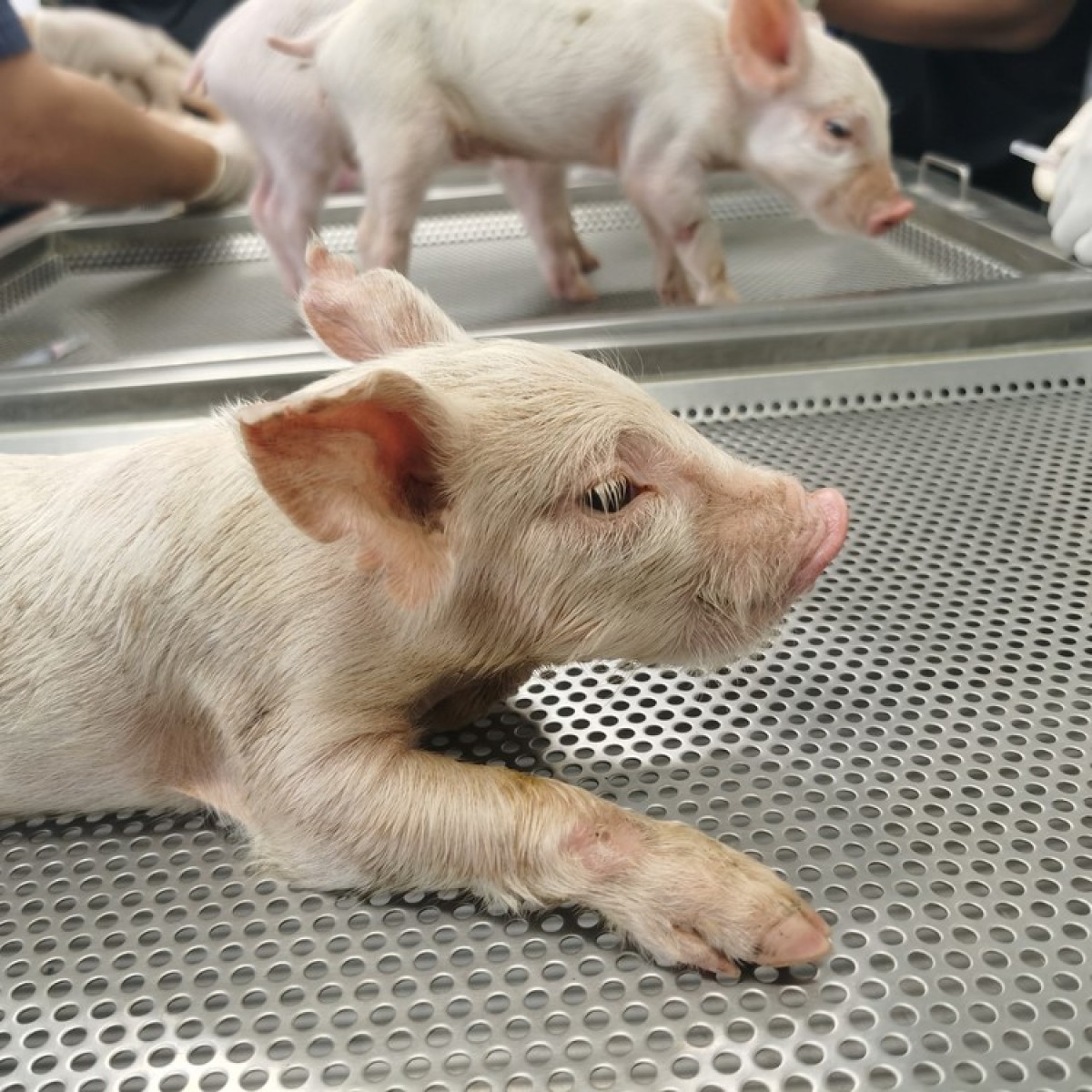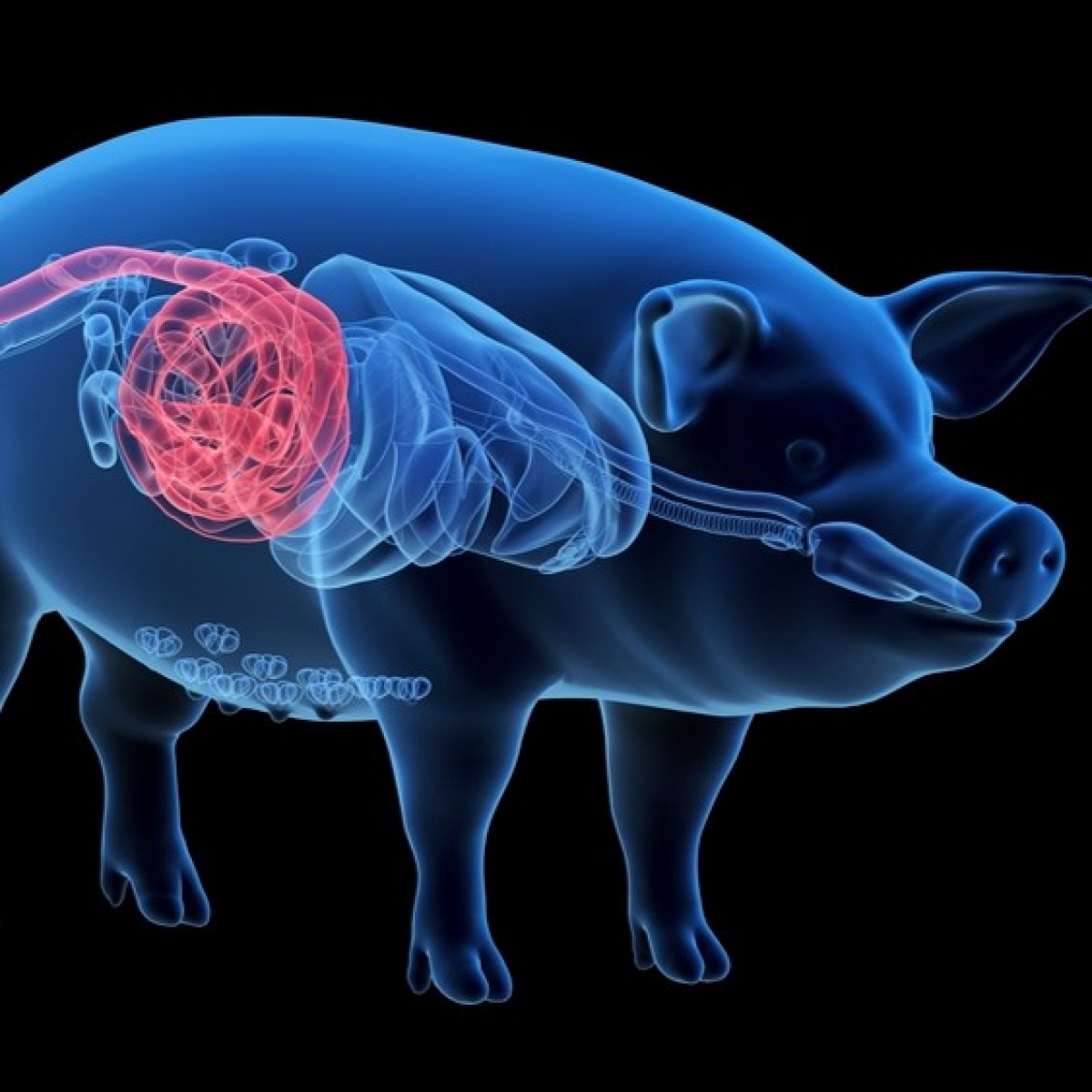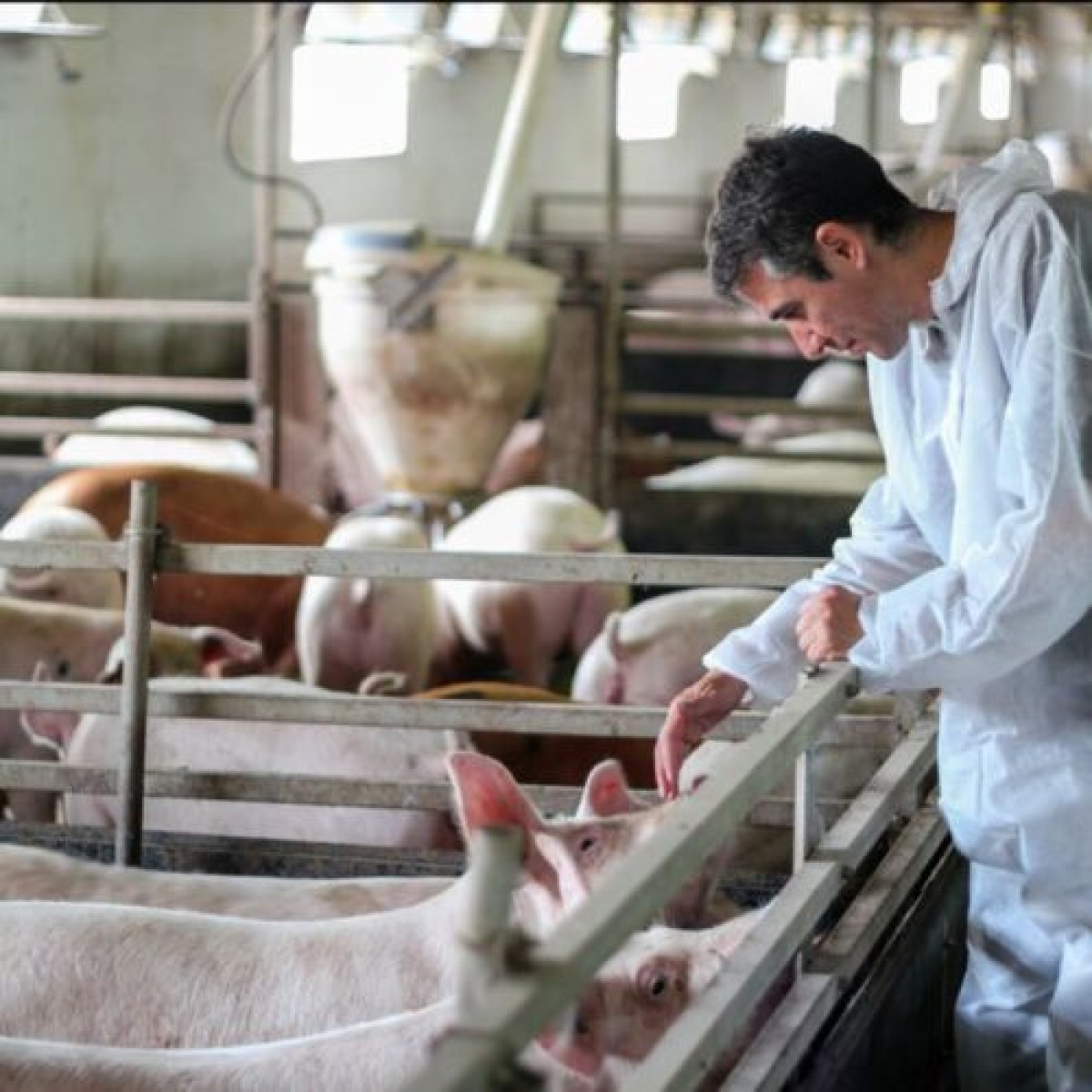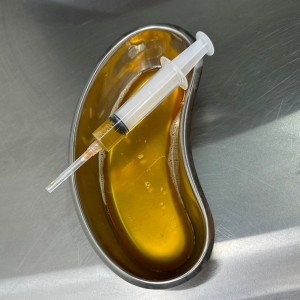The Miniature Swine as a Model in Experimental and Translational Medicine
The use of the miniature swine as a nonrodent species in research has continued to expand for over a decade, and they are becoming routinely used both in experimental pharmacology and as a therapeutic model for human diseases.
Miniature swine models are regularly used for studies designed to assess efficacy and safety of new therapeutic compounds given through different routes of exposure and are used as an alternative model to rodents, canines, or nonhuman primates. Translational preclinical swine study data presented here support the current understanding that miniature swine are the animal model of choice for the assessment of drugs targeting endocrine, dermal, and ocular disorders.
Because research investigators need to be familiar with some of the important features of the models developed in the miniature swine in order to place clinical and experimental findings in their proper perspective, relevant references and data from these models will be presented, compared, and partially illustrated.
While human clinical trials work through clearly defined phases to evaluate the various effects of new therapeutic entities (new chemical entities [NCEs] or new biological entities [NBEs]), trials utilizing animal models of disease are less defined and mainly conducted in support of a therapeutic rationale.
These animal studies are sometimes referred to as proof-of-concept trials, and their main objective is to be able to translate pharmacology and efficacy data from nonhuman species into humans. Because the selection of the most appropriate animal model is an important component of this process, another research objective is to identify animal models that can improve the prediction of efficacy and safety outcomes and thus contribute to decreasing the number of human clinical trials by eliminating early on any chemical or biological drug entities showing lack of effectiveness or presenting severe adverse effects.
Authors: Alain Stricker-Krongrad, Catherine R. Shoemake, Guy F. Bouchard
Source: https://journals.sagepub.com/














List
Add
Please enter a comment